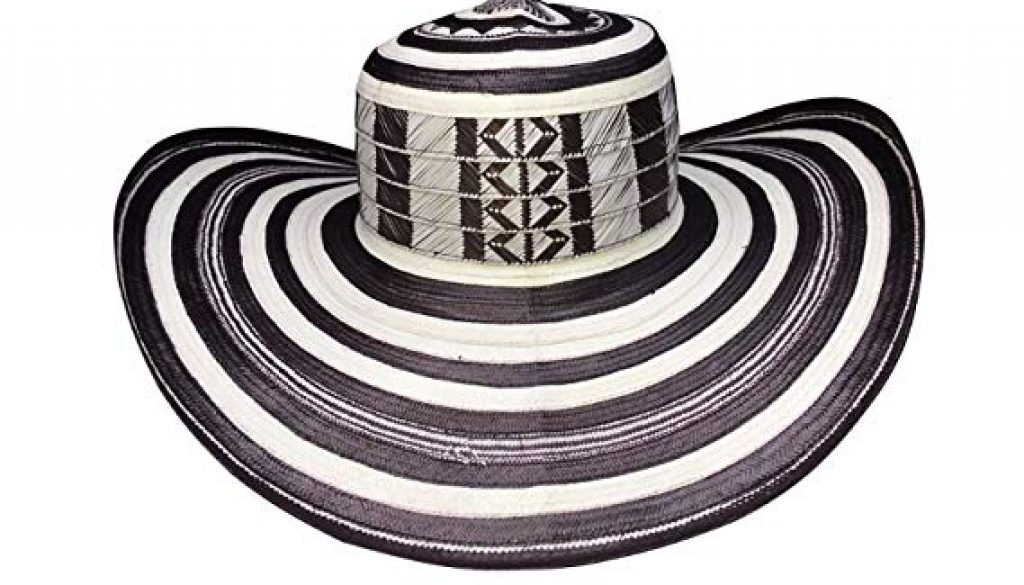HATS
The sombrero vueltiao (Colombian Spanish for turned hat) is a traditional hat from Colombia and one of its symbols. It is made out of Gynerium sagittatum known locally as caña flecha, a type of cane that grows in the region.
The šajkača is the Serbian national hat or cap. Traditionally worn by men in the Serbian countryside, it is named after Serb river troops known as šajkaši, who protected the Austrian Empire against the Ottoman Turks in the 18th century.

A homburg is a hat of stiff wool felt, characterized by a single dent running down the center of the crown (called a “gutter crown”), a wide silk grosgrain hatband ribbon, a flat brim shaped in a “pencil curl”, and a ribbon-bound trim about the edge of the brim. Typically in dark colours, although variations occur. The original homburg conceived in the 19th century. It was of slightly more generous proportions than seen in 21st-century versions.
Montera: the hat that the bullfighter and his assistants (subalterns) wear.
A cappello romano (pl. cappelli romani; Italian: “Roman hat”) or saturno (pl. saturni; because its appearance is reminiscent of the ringed planet Saturn) is a hat with a wide, circular brim and a rounded crown worn outdoors in some countries by Catholic clergy, when dressed in a cassock.
A cloche is a fitted, bell-shaped hat for women that was invented in 1908 by milliner Caroline Reboux. They were especially popular from about 1922 to 1933. Its name is derived from cloche, the French word for “bell”.
Phrygian cap
ghutra (keffiyeh)
ushanka (winter hat)
topi
bhaad-gaaule topi
glengary
ushanka
kofia – East Africa
kolah namadi – Iran
qeleshe – Albanian
hennin – cone headdress worn by nobility, even in Europe; can be one single or divided into two parts



